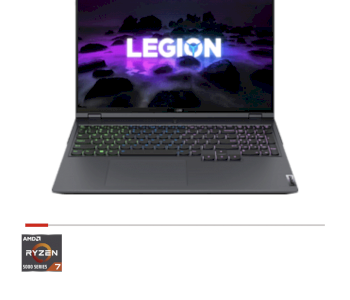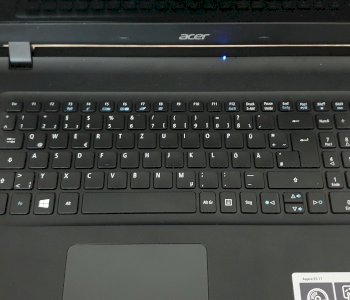WLAN chip?
I have a WLAN chip in my Medion laptop (I think that's called a WLAN chip). However, it makes a lot of trouble and I want to replace it.
There are two connections on the thing where the antennas were attached.
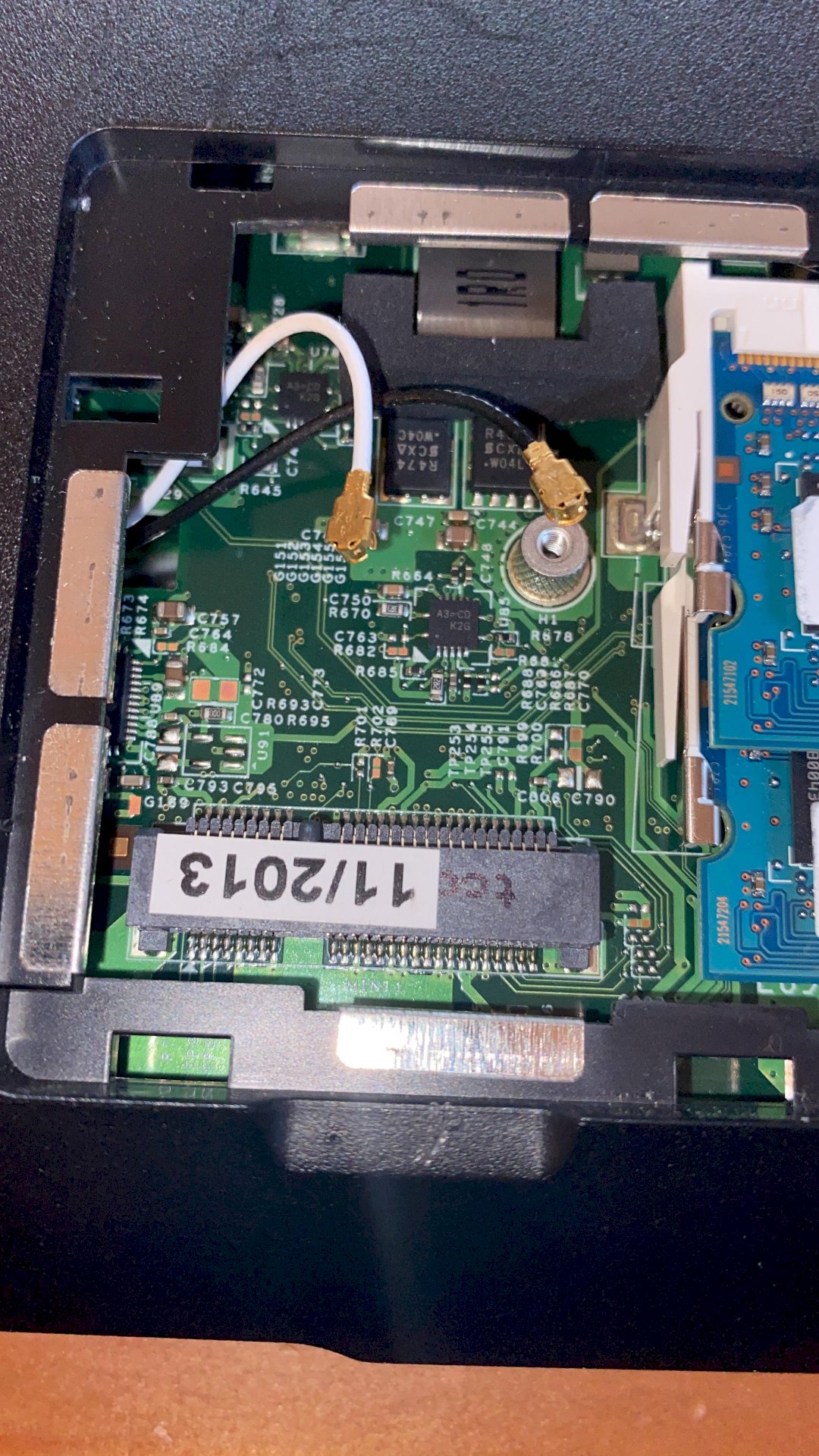
These are the two antenna cables. I now have a new chip in my eye. That would be from Intel and could also use Bluetooth.
However, there are slots for four antennas on the new chip from Intel. But I only have two. Can I still use it? And can I also use Bluetooth? (The old one didn't have bluetooth).
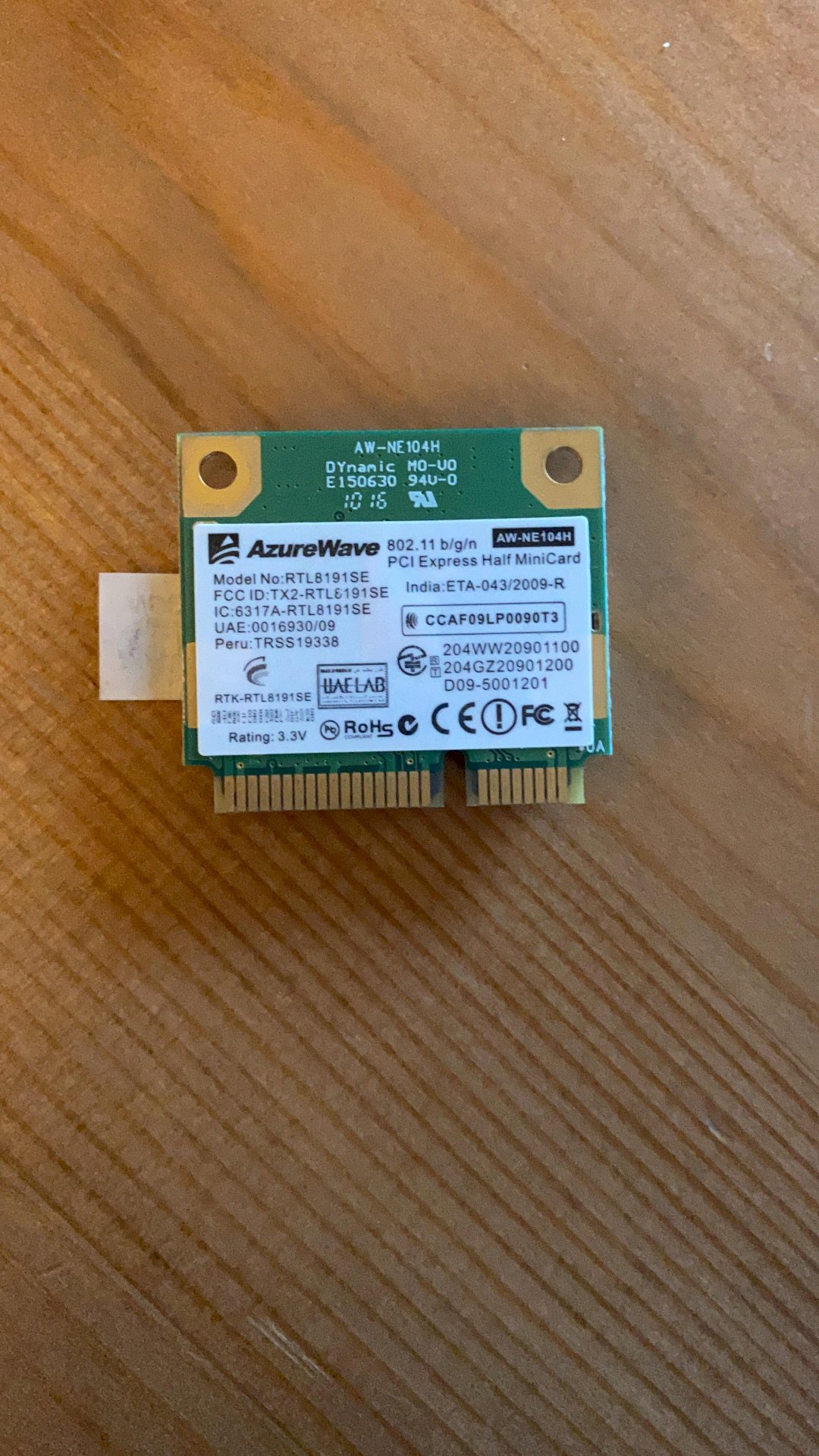
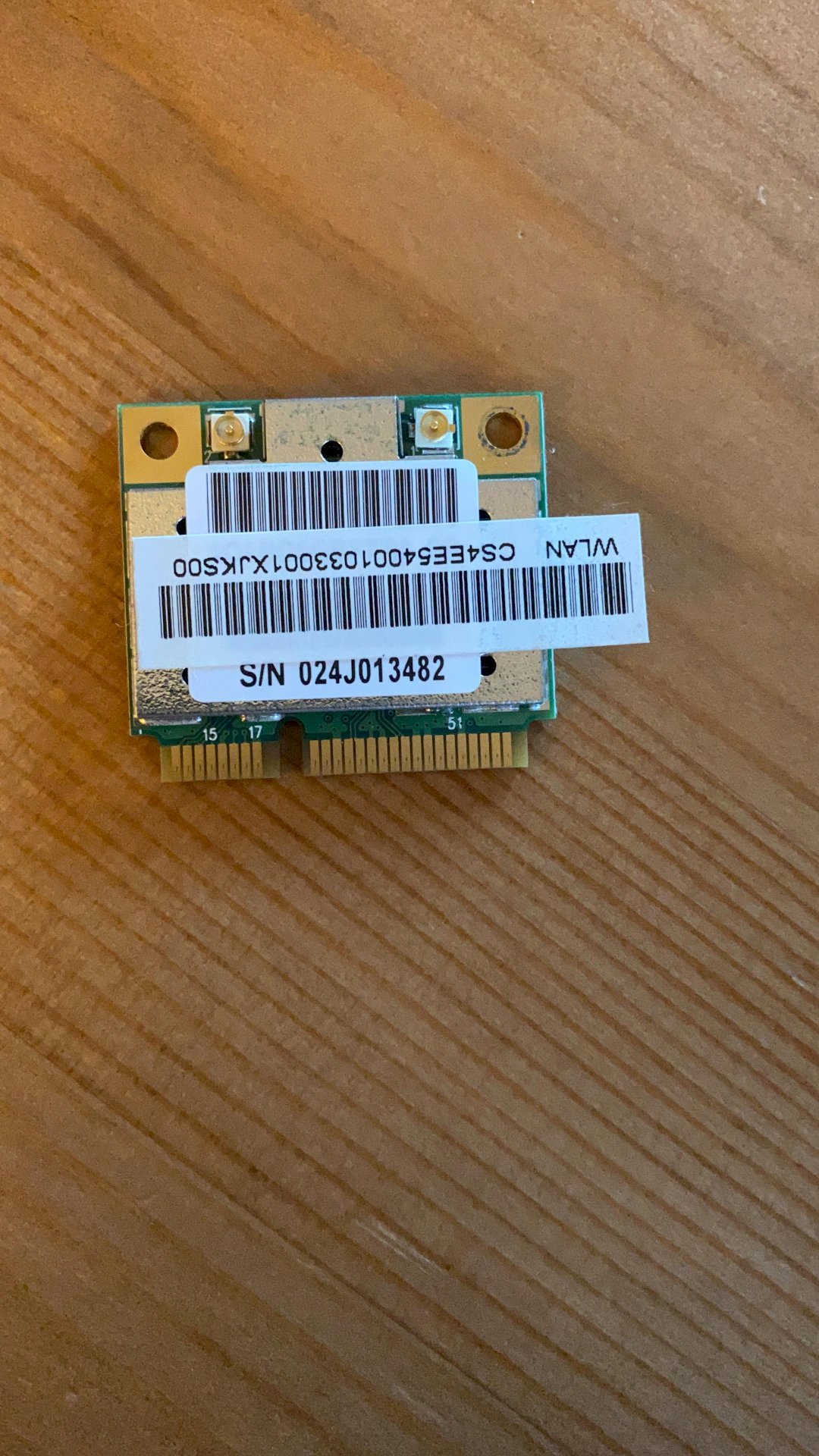
It's both the old chip. The new one can be seen https://www.idealo.de/...c_mailings.
The AX201 card only works if you have something called "CNVi". In addition, you have a Mini PCIe and no M.2 slot. It would probably be possible to adapt M.2 to Mini PCIe, since the card is connected via PCIe anyway.
The card should work, but has no Wi-Fi ax (only ac, most routers only have Wi-Fi ac anyway):
Are there any adapters?
The card should work, but has no Wi-Fi ax (only ac, most routers only have Wi-Fi ac anyway):
Either way, the increase in performance from WLAN5 to WLAN6 is currently only very theoretical. Sometimes dozens of sticks don't even use WLAN5 completely. Who builds 8 antennas for MIMO 8x8 in a stick?
This is exactly why the new chip should not be able to develop its full performance: The notebook only has 2 antennas.
If I look at the prices B. From the current https://www.amazon.de/...B017BD21R8 look at about 35 euro - I would normally advise something like that instead of exchanging the internal chip. 860 Mbit / s would mean "4 antennas according to the ac standard".
It would therefore be expected that this alone would generate more power, since it can also use all 4 antennas.
First of all: Your desired card has the "Intel AX201" chipset, which requires 4 antennas.
2 antennas for 2.4 GHz and 2 antennas for 5 GHz!
And do you even have a WLAN AX router (Wi-Fi 6), otherwise your Intel AX201 will not bring you any advantage at all.
Please note in your action that you
have a "Mini-PCIe Half High" slot in the laptop
and your 2 built-in Wi-Fi antennas in the laptop are only designed for 2.4 GHz Wi-Fi. The built-in 2.4 GHz antennas of the laptop will therefore have poor reception at 5 GHz (due to the adjustment)
PS:
Here is a cheap card that might fit better. Attention: In order to activate Bluetooth you have to stick a PIN on this card somehow (with scotch tape). You don't have a hardware switch for Bluetooth (ON, OFF) on your laptop, or maybe you do?!
https://www.amazon.de/...B07PBVCCNX
Many Thanks. Yes, I can already see: I don't know anything about this stuff ;-) Wouldhttps://ark.intel.com/content/www/de/de/ark/products/75439/intel-dual-band-wireless-ac-7260.html also go?
Thank you very much. I have no idea ;-) would https://ark.intel.com/...-7260.html go?
I have to hold back with the WLAN circuit board chips because I have no practical experience with them.
But even the Intel chip does not conjure up 2 additional antennas in the housing. 😉
That's right. So my old chip only has Wi-Fi 2.4 GHz OR 5 GHz? What if there are only 2 antennas?!
This primarily has to do with how many connections can be established in parallel via WLAN.
Simplified calculation - with figures made up:
If you can transmit 100 Mbit / s per antenna, then that would be 200 Mbit / s with 2 antennas and 400 Mbit / s with 4.
This technology is called MIMO.
Nice to read in https://de.wikipedia.org/...gungsraten.
Of course, it is important that both sender and recipient are able to do this.
Thank you this is so complicated. So it is "half as bad" if there are only 2 antennas?!
"Half as wild" is very aptly expressed with "half the possible number of antennas". 😉 👍
WLAN or radio is not a trivial subject - but neither is it rocket science.
I have put together some basic information, if you are interested to read more:
https://www.elektronik-kompendium.de/sites/kom/0810301.htm
https://www.elektronik-kompendium.de/sites/net/0907021.htm
https://de.wikipedia.org/...i/ISM-Band (The radio channels on which WLAN and much more transmits)
That's just the Wi-Fi chip without a circuit board! There are drivers for Win 64 from Intel.
Technologically, the chip is already 8 years old (from 03/2013).
But if you know a manufacturer who builds this chip on a circuit board ("Mini-PCIe Half High"), then it could work, if you can get the Windows driver from this manufacturer, that's ok.
Here I found a (expensive 50 euro) Wi-Fi card with the mentioned Intel AC 7260:
https://www.reichelt.de/wlan-adapter-mini-pciex-867-mbit-s-intel-ac7260-p155809.html
My advice, don't look for Wi-Fi AX… Look for a suitable Wi-Fi card that mechanically fits into your laptop.
So google for: Wi-Fi Mini PCI-E Half Height
and let go of the dream of high data rates with Wi-Fi-6 (AX standard), if you have a Wi-Fi card with n + ac (with 2 antennas!).
Or buy a Wi-Fi USB stick with at least 2 antennas or more if you're keen on high Wi-Fi speeds.
PS:
The built-in 2 antennas in the laptop can only process 2 Wi-Fi streams:
in the n standard 2.4 GHz (Wi-Fi 4) 300 Mbit / s gross, approx. ~ 150 Mbit / s net
in ac standard 5 GHz (Wi-Fi 5) 866 Mbit / s gross, net approx. ~ 450 Mbit / s
Even more antennas make no sense in a laptop, because a simple LAN cable is used for larger downloads (~ 3 euro) …
and then easily has 1000 Mbit / s, if the Internet connection allows.
For surfing, HD streaming or playing games, 10 Mbit / s on the laptop is easily enough. For UHD streaming, around 25 Mbit / s would be sufficient.
The board sizes are explained here: https://www.thinkpenguin.com/gnu-linux/mini-pci-mini-pci-e-mini-pci-e-half-height-guide-laptop-wifi-cards
